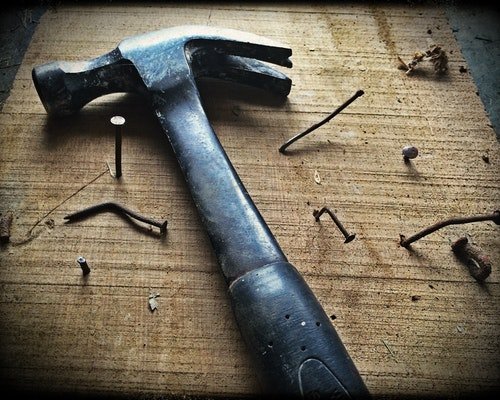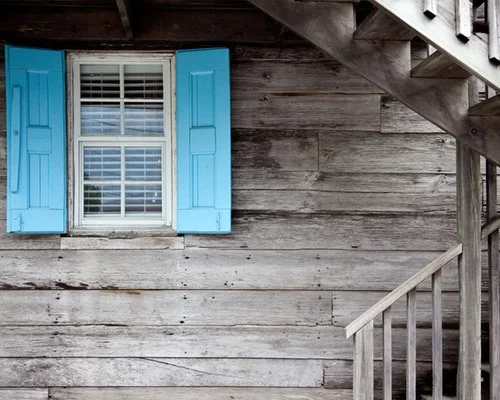The U.S. Census Bureau reported over 36 million Americans moved homes in 2016. Moving homes is usually one of the top most stressful events people go through in their life.
The thought of having to pack up every single thing you own just to unpack it again can be overwhelming.
If you or a loved one is about to take on a move, then stick with us for some hacks to make your move sweeter and stress-free.
Today we’re going to review some of the best tips to make your move easier
1. Take Pictures
The small stuff is what usually makes us the most aggravated, don’t waste a single second trying to remember where all those cords behind the TV go or how you had your bookshelf arranged.
Take photos before packing, and you’ll be able to re-create your home in no time easily.
2. Purge
Separate your clutter into three groups: Sell, Donate and Toss. For big price items take a few pictures and try to sell online, or if time permits host a garage sale.
Donate non-saleable items and toss the junky stuff. When it comes to clutter in the kitchen eat your way through all the small stuff you have lying around the pantry and fridge or host a potluck with friends as a farewell to your old home.
3. Make Time to Pack
Clearing your calendar and allowing yourself large chunks of continuous packing will be more efficient than small spurts of packing time throughout the week.
Ask for a day off and don’t make any plans, devote yourself solely to packing and organizing.
4. Avoid a Tangled Mess
Wind your extension cords and loose cable into old toilet paper rolls to save space and a headache when packing.
5. 20 x 20 Rule
If you find it difficult to “purge” your things, consider the $20 in 20 minutes rule. Is it something that if needed you could find it in 20 minutes for under $20? If so, let it go for now!
6. Stock up on Boxes
I know we just gave you tips on how to get rid of clutter, but accumulation isn’t always a bad thing.
This is true especially when you’re going to need lots of boxes and packing materials. Ask friends or grocery stores for old boxes that you can use during your move.
7. Delegate
Don’t take on too much; it’s okay to ask for help.
For smaller chores look at the app TaskRabbit to get help for things like breaking down furniture or organizing boxes.
8. Home Inspection
If you’re selling your old home, you’ll benefit greatly from a professional home inspection. Let us help you get the most money out of your home!
A pre-listing inspection will give you ammunition in the negotiation process. Before you take even one box into your newly purchased home be sure, you’ve had a buyer’s inspection, save yourself from falling into the money pit by signing a contract without all of the information.
Those were our top tips in preparing for a move, next week we’ll address some commonly forgotten tasks as well as give you some resources to make moving hassle-free.
Are you about to make a big move? Make your life easier by calling in the pros today!





